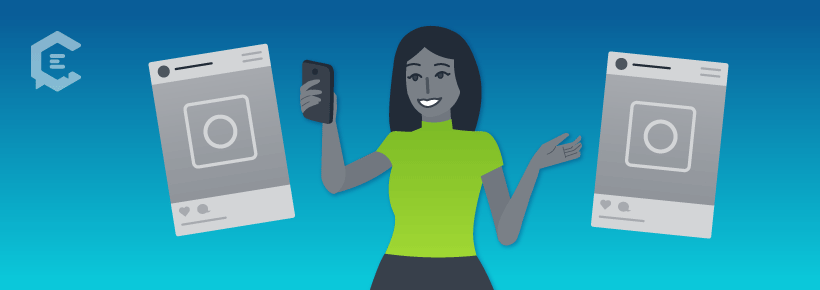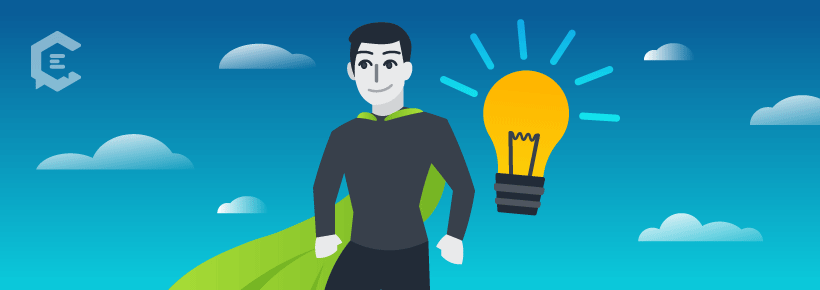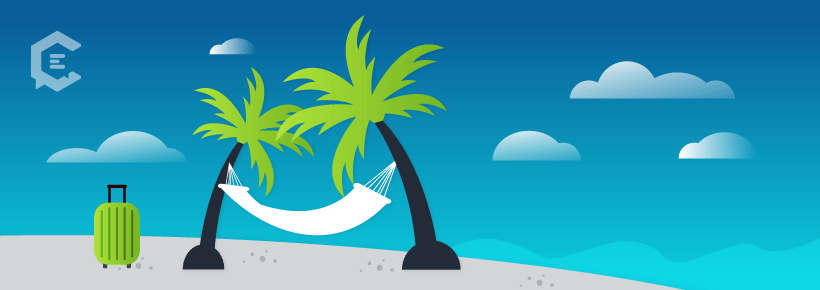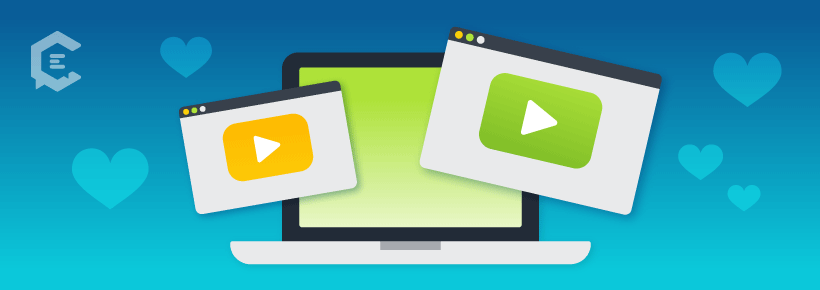Who should tell your brand’s story? If you prefer someone more authentic than an actor, a local celebrity and/or an influencer, then a good strategy is to look at people who authentically have a connection with the brand. We recently did a feature on brands that are doing outstanding work in customer-led storytelling, but a related strategy is to tap employees to do the storytelling.
For this roundup, we are looking at brands that have utilized employees of all kinds to be the spotlight storytellers and share their diverse points of view.
Here are eight impressive examples of employee-led storytelling:
1. Macy’s employee influencer network may change the game for social marketing.
By mid-2018, influencer marketing had reached a tipping point — from the hottest new strategy to an increasingly controversial and expensive “Wild West” with no real way to track reach.
Macy’s was the marketing industry’s headline story of the summer when it announced that it would shift most of its influencer resources over to an employee influencer network, tapping Macy’s staff to create content, share and represent the brand as the Macy’s Style Crew.
Some people applauded the move, while others decried it. The naysayers said they were worried about employee exploitation, not that it would move money away from the huge department store’s influencer budget. However, many agencies had to be thinking that if Macy’s program was successful, it could convince a lot of other companies to make a similar switch.
Eighteen months later, the results are encouraging… for brands, not professional influencers. The Macy’s Style Crew has grown from 20 to 1,000 members, content distribution is expanding to YouTube, and at SXSW 2019, executives from Macy’s said that this program is what gives the company a truly authentic voice and provides an “experience” beyond just a transaction to digital consumers.
2. Sephora is a trailblazer of makeup tutorials and diversity initiatives.
Although Sephora recently announced a major expansion of its #SephoraSquad, which will open the ranks up to all sorts of beauty-obsessed customers, not just mega influencers, this sort of democratization is hardly new for the cosmetic retailer.
For years, Sephora has been a major YouTube destination thanks to its employee-hosted videos. People love the tutorials and trend coverage on Sephora’s main YouTube channel, of course, but the company provides much more content than that.
Sephora Stands is the umbrella for many of the initiatives, with programs like Classes for Confidence, where Sephora makeup artists help “inspire fearlessness in those facing major life transitions” — through makeup tutorials in-store that are filmed and turned into short videos.
Meanwhile, more HR and corporate culture videos such as the “Behind the Stripes” videos are located on the @sephoralife YouTube channel.
3. United Airlines invited both athletes and employees to join their Superheroes campaign.
Elite athletes get cast in the “superhero” bucket all the time. So, in a major omnichannel ad campaign for the official Olympic carrier airline right before the Olympics and Paralympics, of course, you’d expect a Superheroes campaign to feature athletes.
But United Airlines took a more inclusive, endearing and entertaining creative strategy by putting employees into its “Superheroes” campaign right alongside six United-sponsored athletes on their way to the Olympics.
While the athletes have their own superpowers, the United team has “the power of flight” — and each featured employee also got their own superhero persona. Pilot Nancy Barteczko transformed to Sky Runner, wing walker Michael Turner became Directionator, and so on. Yes, everyone got superhero outfits as well.
4. Papa John’s amplified employee voices to drown out a problematic founder.
The founder of pizza chain Papa John’s got the company on the seriously wrong side of public sentiment in 2018, and immediately after he was booted, the brand pulled in 24 other employees to help repair its brand image.
Mainly, the first cycle of employee advocates were franchise managers or owners, sending a message that Papa John’s isn’t controlled by one owner, but by many, and that they are a diverse hardworking group.
The campaign got a tremendous amount of coverage in the two months after its September 2018 launch, and announced plans to further extend it with even more employees from all walks of life. This strategy poses an interesting question about whether average boots-on-the-ground employees really can influence public perception of a company as much as the founder/creator does.
5. Booking.com highlighted how professional vacation-bookers travel.
There’s an instinctive expectation that people who work in fashion should be more stylish than average and that people who work in nightlife throw better parties (or at least mix better drinks).
But what about the people who work for OTAs (online travel agencies)? Do they vacation better? Booking.com presented and answered the question via its One Mission project in 2016, encouraging its 14,000 employees to use company-supplied GoPro cameras to record their vacations and then cut together the hundreds of videos into a big, beautiful travel montage.
The worldwide bookings giant followed up with the Booking Hero competition, a social media contest where people nominated hospitality providers that had gone to extraordinary lengths to help make their trips great.
6. Salesforce is more than corporate culture — this company creates “intentional family.”
Although a lot of tech companies claim to care about creating a supportive and compassionate culture, few of them pass the smell test when you look beyond the cool perks. Salesforce is an exception, ranking #1 on Fortune’s 2018 list of Best Companies to Work For, and also placing on that list for the past 10 consecutive years.
The Hawaiian concept of ohana, which means “intentional family,” is what inspired the founder, and what drives the core HR values of the company. Fair and equal pay, transparency, philanthropy and a commitment to wellness are among the pillars. But also, fun is encouraged — and posted on Instagram regularly with the #salesforceohana hashtag, alongside inspirational posts and posts from the Ohana Floor of Salesforce offices worldwide.
7. IBM’s employee-focused documentaries tug at heartstrings.
The tech giant was able to roll out and scale a very large (1000+ members) employee-led content sharing campaign as early as 2014 and has only become more creative and ambitious with its employee-led campaigns since then.
The first big success was the #NewWaytoWork campaign — a B2B campaign which got 120 million impressions, no doubt thanks in large part to IBM sales staff wanting to share the latest products and promotions.
The latest is a topical, high-quality short-form documentary intended to hit customers in the heart: it’s the behind-the-scenes story of the Apollo 11 Moon Landing, from actual IBM employees who worked on it.
8. Modcloth’s employees are lifestyle experts, models and friends.
Where other online fashion giants like Revolve and Fashion Nova spend mega-bucks on influencer campaigns, Modcloth has always used a mix of influencers, arts personalities and employees to create its quirky vintage image.
The company has used employees for all sorts of content, from swim season advertising to web blogs and “OOTD” photos to almost every series on its YouTube channel.
Lessons to be learned…
Social media has changed the casting model for employee-led storytelling. When marketing was all about big-budget ads, thought leadership pieces, white papers and trade show speaking opportunities, people had an instinct to give the mic to the senior executive or founder.
But for socially engaging campaigns, or those geared toward mobile native audiences, it’s often the non-managerial employees that perform the best.
Get inspired to create a winning content marketing strategy, or send us a note to get started with your storytelling.







